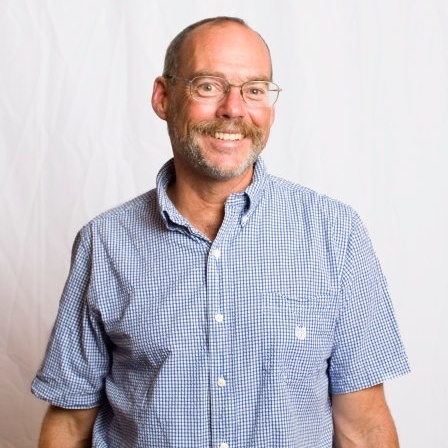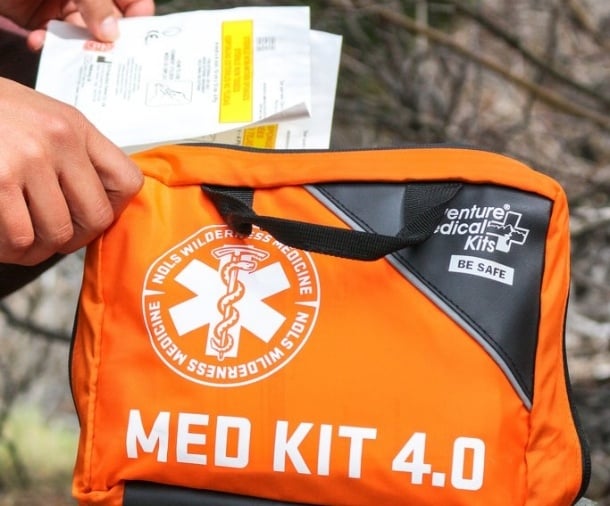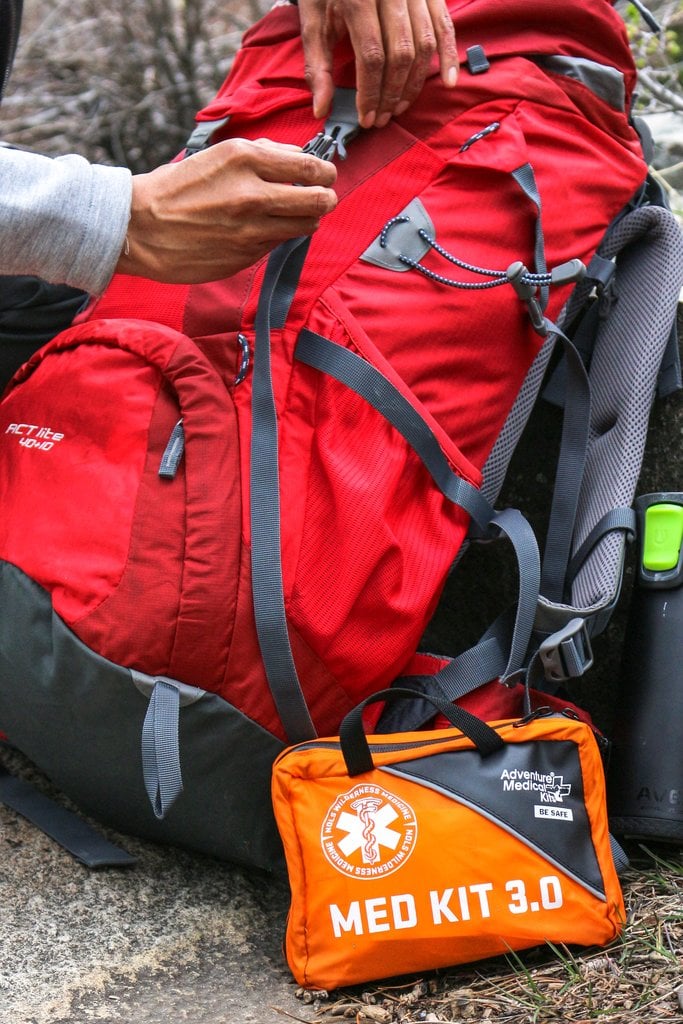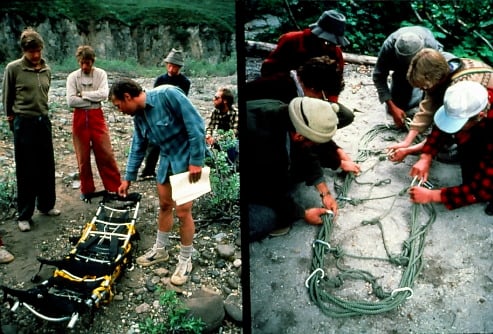
I’m occasionally asked who taught the first wilderness medicine courses. It would be cool if it was some white haired guru who showed us the way, but this is not the case. There were a number of people and organizations who influenced the development of wilderness medicine courses "back in the day."
Names to Remember
There are names to remember; Stan Bush, Jim Wilkerson, Cameron Bangs, Frank Hubble, Peter Goth, Doc Forgey and Dick Mitchell to name but a few, and too many forgotten people who deserve credit for their influence on wilderness medicine.
I never met Otto Trott, but he wrote a definition of wilderness medicine that remains useful today.
“The expression mountain medicine applies not to the medicine itself, but merely to the circumstances and specialized surroundings of the victims. It is the prolonged exposure, weather and distance from medical help, plus the quality of the care, which make mountaineering and ski medicine different from medicine elsewhere.”
- Otto Trott, MD in Off Belay, 1979
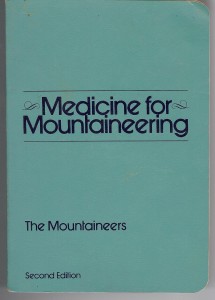
Early Providers
We don’t think about the 1940s and 1950s, when “mountain clubs” ran first aid programs for their members, or the 1960’s, when the Mountaineers in Seattle began their Mountain Oriented First Aid course.
SOLO and Wilderness Medical Associates were prominent early programs at a time when wilderness medicine was being taught at NOLS for its instructors.
I attended my first outdoor-oriented first aid classes on a NOLS course in 1971; others heard them in talks at the Adirondack Mountain Club, the Appalachian Mountain Club, the Ski Patrol and the early wilderness medicine conferences that evolved into the Wilderness Medical Society.
I have memories of Doc Forgey (who did have white hair) waving a large knife at a conference and telling us it was an obsolete snakebite first aid tool. I remember Paul Petzoldt telling us judgment was more important than first aid.
Curriculum Sources
Instructors of the day used the few source textbooks, articles, and conference syllabi available. Some of us may remember packing the 1967 edition of Medicine for Mountaineering around the mountains. We shared a common base educational structure, the Department of Transportation and Red Cross curricula that existed at that time and whose structure still underlies our programs.
Now, we have more textbooks and webpages than we need, better science and more experience supporting our courses. We have a healthy dialogue among the major wilderness medicine schools that fosters consistency in content. We moved from a small, specialized branch of medicine to a legitimate practice with professional societies, fellowships and perhaps medical board certification.
We know more about the natural history and pathophysiology of some illnesses and injuries, and have a better sense of which medical techniques make a difference and which techniques just give us something to do.
We also have something we still share with the forgotten pioneers of an earlier era—a passion for the wilderness and for medicine.
Written By
Tod Schimelpfenig
As a NOLS Instructor since 1973 and a WEMT, volunteer EMT on ambulance and search and rescue squads since the 70s, Tod Schimelpfenig has extensive experience with wilderness risk management. He has used this valuable experience to conduct safety reviews as well as serve as the NOLS Risk Management Director for eight years, the NOLS Rocky Mountain Director for six years, and three years on the board of directors of the Wilderness Medical Society, where he received the WMS Warren Bowman Award for lifetime contribution to the field of wilderness medicine. Tod is the founder of the Wilderness Risk Manager’s Committee, has spoken at numerous conferences on pre-hospital and wilderness medicine, including the Australian National Conference on Risk Management in Outdoor Recreation, and has taught wilderness medicine around the world. He has written numerous articles on educational program, risk management and wilderness medicine topics, and currently reviews articles for the Journal of Wilderness and Environmental Medicine. Additionally, he is the author of NOLS Wilderness Medicine and co-author of Risk Management for Outdoor Leaders, as well as multiple articles regarding wilderness medicine. Tod is the retired curriculum director for NOLS Wilderness Medicine and is an active wilderness medicine instructor


